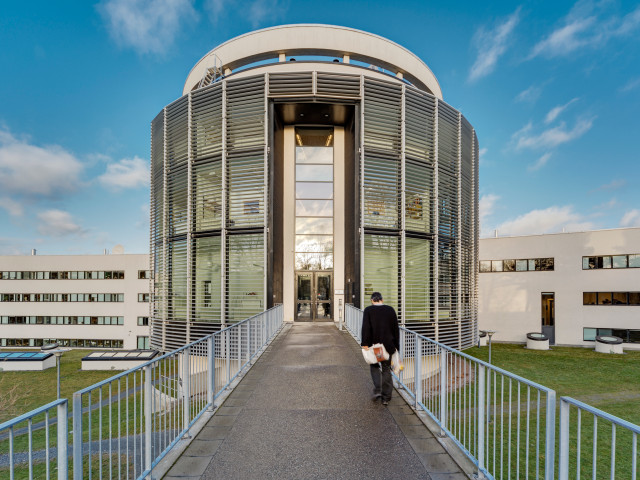The course gives a solid foundation in Astroparticle Physics, with a particular focus on the
experimental aspects.
- Overview of the concepts of particle physics
- Cosmology: Big Bang, cosmic microwave background, content and dynamics of the Universe
- Cosmic rays: galactic, production and acceleration, detection
- Neutrino astrophysics: stellar neutrinos, high energy neutrinos, atmospheric, detection
- Dark matter: dark matter candidates, experiments
- Nucleosynthesis in the Big Bang and in supernovae
- Detection techniques: Cosmic rays, high-energy photons, polarization, benefits of
multimessenger approach - Outlook and connection to other research fields
